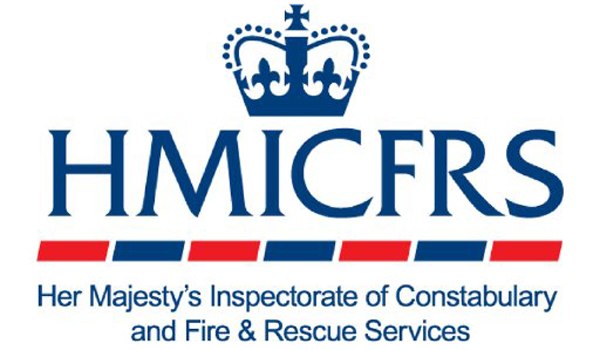Improved video surveillance critical to solving crime
When a crime is committed at a business, CCTV systems on the premises
can provide police officers with vital clues and quickly lead to an
arrest. But too often the resulting images are of low quality and of
limited use to investigators. A new initiative in the US is combining
facial recognition technology with video surveillance to help reduce
crime.

When a crime is committed at a business, CCTV systems on the premises can provide police officers with vital clues and quickly lead to an arrest. But too often the resulting images are of low quality and of limited use to investigators. A new initiative in the US is combining facial recognition technology with video surveillance to help reduce crime.
Police in the US are pioneering a public outreach prevention campaign, working closely with individual businesses and corporations, to get the message out about how critical video surveillance is to reducing crime.
The Montgomery County Police Department in Maryland has developed an education software programme to help business owners improve the quality of their video surveillance by upgrading their systems and paying attention to placement of cameras.
We know that commercial video surveillance is available to detectives, but often when we obtained the images they were flawed in many ways, says Captain Mitch Cunningham, director of the departments information support and analysis division.
He said that improved video surveillance was crucial to take advantage of the departments use of facial recognition technology.
From my perspective, leveraging facial recognition with a known offender database is a vastly untapped resource, said Capt Cunningham. Businesses need to work to improve the quality of surveillance camera images for the facial recognition software to be helpful.
When a person is arrested and booked, his picture and fingerprints are entered and stored in a regional database system shared by Montgomery County, Prince Georges County, District of Columbia and Northern Virginia law enforcement agencies. The Montgomery County Police Department has connected facial recognition software to the system. When an investigator obtains an image of an unknown subject, he can compare the image against the mug shot records.
However, an average quality digital image is needed for the recognition software to work well.
As part of its outreach campaign, the department has highlighted some simple steps that businesses can take to improve the quality and accessibility of their surveillance systems, such as:
¦Changing the camera position from the ceiling to head-and-shoulder height.
¦Training all staff in the business on how to operate the camera in case a crime occurs and police arrive and want to see the surveillance shots.
¦Leaving the lights on at night and adjusting levels.
¦Moving from analog to digital audio/video recording.
¦Placing cameras on the outside of the building to catch images of accomplices/offenders who put on masks before coming in, as well as car registration plates.
¦Avoiding proprietary systems that often require police to buy software to decode the surveillance pictures.
¦Networking with law enforcement.
They are very simple techniques, but are techniques that video surveillance companies dont necessarily address when they are teaching their clients how to use the products, said Capt Cunningham. They really help business owners and corporations that have video surveillance technology learn how to deploy it better and take measures that will greatly improve the quality of the video surveillance when a detective uses it.
Capt Cunningham is working with the National Retail Federation (NRF) in Washington DC to design a program to release nationally. Joseph LaRocca, NRF senior adviser, asset protection, says the organisation is reviewing the information from Montgomery County and will share it with key organisation members before proceeding.
So far there is universal agreement that these tips from law enforcement agencies are important and will provide the law enforcement and retail community with information that could help solve crimes quicker by leveraging available technologies, said Mr LaRocca.
Capt Cunninghams program is fairly straightforward and it real



